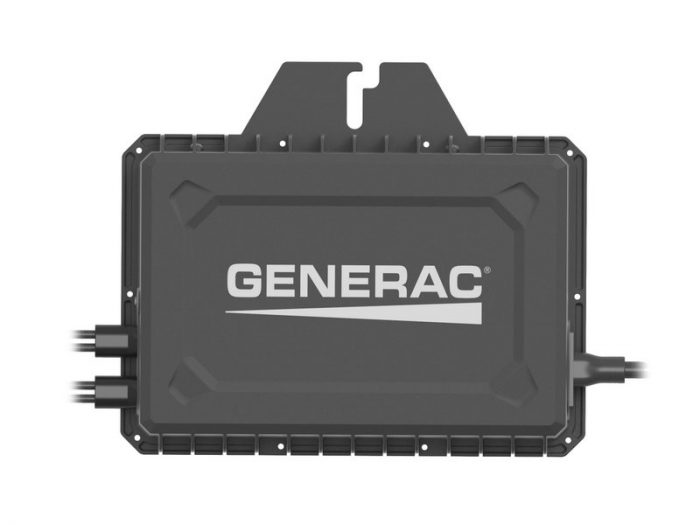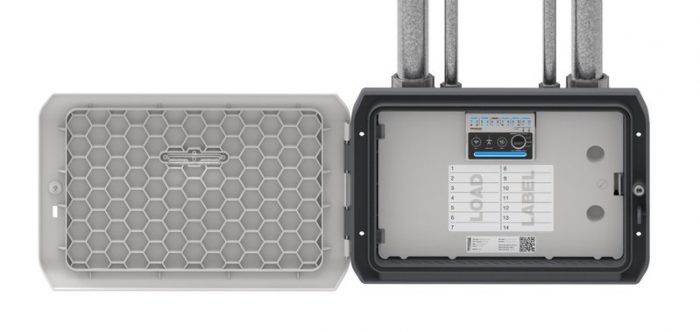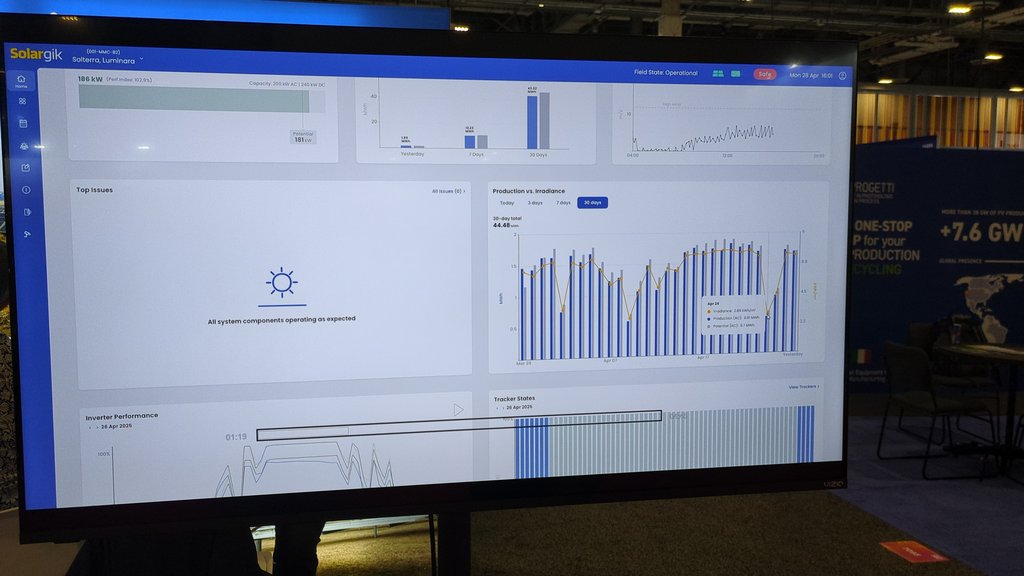Everything you need to know about Generac’s big PWRcell Solar + Storage product line additions

Generac debuted three potentially game-changing additions to its PWRcell solar + storage line of products that, together, comprise the most complete set of options offered by one company for providing energy independence and whole home backup. Here’s what’s new to know.
PWRgenerator – a DC generator that powers the battery.
Generac built the at-home generator market, and the company believes generators still play a crucial role in filling in the gaps of PV + storage system to provide true long-duration backup and resiliency.
This new generator was built specifically to recharge the PWRcell Battery, essentially creating a residential nano-grid allowing a home to be fully energy independent. During the night, the battery discharges and if it reaches 30% state of charge, PWRgenerator will turn on and fully charge the battery in about 1 hour. In addition, PWRgenerator is designed to be extremely quiet (under 60 db) and fuel efficient, running on either natural gas or LP.
“It doesn’t force you to overinvest in more batteries,” notes Russ Minick, president of Energy Technology and chief marketing officer at Generac. “You can also rely on it when it’s cheaper than buying from the grid.”
“On the AC side there is a transfer switch [for a generator] to click over,” notes Stuart Fox, director of engineering for CED Greentech. “On the DC side, it’s just responding to the bus voltage itself.”
It’s also smart-grid ready, capable of being part of a virtual power plant (VPP). Available in January 2022.
PWRmicro – two high-power microinverter options.

Generac can now boast something solar’s market leaders cannot: total PV system design flexibility. Generac hopped into the solar market by acquiring Pika Energy’s hybrid string inverter. It is a great product, but just having that DC product limits the number of total jobs in which solar installers turn to Generac. This led Generac to acquire Chilicon Power’s microinverter tech in July this year, to build the PWRmicro.
“Generac is building a supermarket of solar technology, expanding our product line to give installers all the tools necessary to build the right system for their customers,” Minick says. “Now you’re not forced into those brand silos with everything determined by one architecture. There are valid use cases for both. What the market is missing isn’t a novel third approach, but one company to unify the valid approaches and making them both available.”
Generac PWRmicro 2:1 is a dual-module, 720 W microinverter, and the Generac PWRmicro 1:1 is a single-module microinverter. The PWRmicro 2:1’s high power rating is key for accommodating the newer and significantly higher-powered solar modules on the market without “clipping” output. They can be mixed and matched within the same array. Should be available by April 1, 2022.
PWRmanager – Load management that ties it all together.

Load management is the real key to whole home power, and PWRmanager is built to automatically control and sequence which circuits and appliances receive power when the home is disconnected from the grid in a power outage event. It automates control of up to twelve 120V circuits or six 240V circuits, plus two thermostats, and it integrates seamlessly with the PWRcell System and PWRview app so that homeowners can swipe any circuit on or off and see how much battery run time they have left as a result.
“A major customer pain point is that most battery systems today can only run a handful of things for a few hours or they simply lack the power output, capacity and smart load control needed to run most of the home throughout the night,” Minick says. “With the new PWRmanager, not only does the PWRcell System work harder to keep loads powered, it also works smarter than other systems.”
Generac says trials with experienced installers showed PWRmanager can install next to a home’s existing electrical panel in as little as 90 minutes, and Generac claims it will be offered at a much lower cost than competing smart electric panels. Available in January 2022.





Comments are closed here.